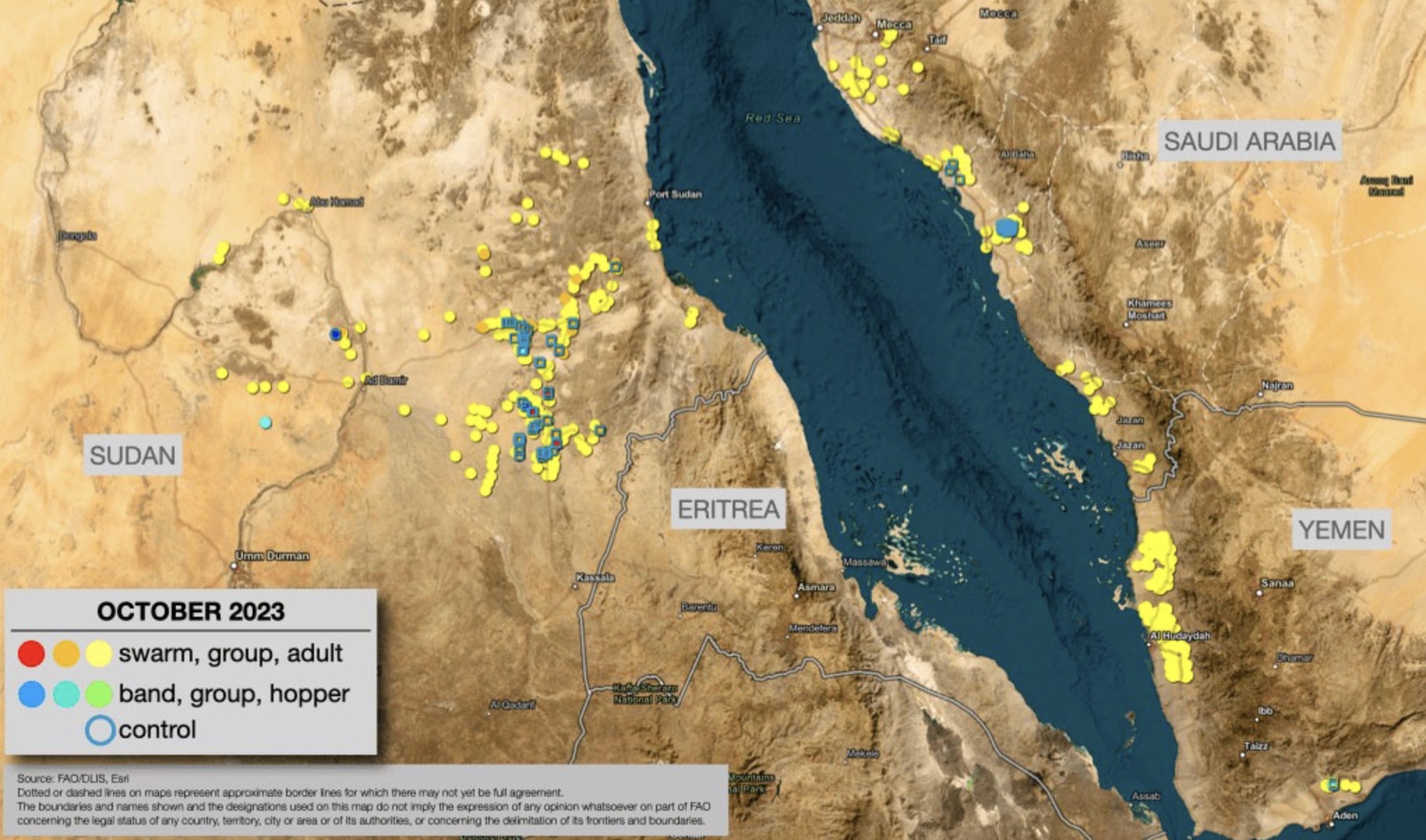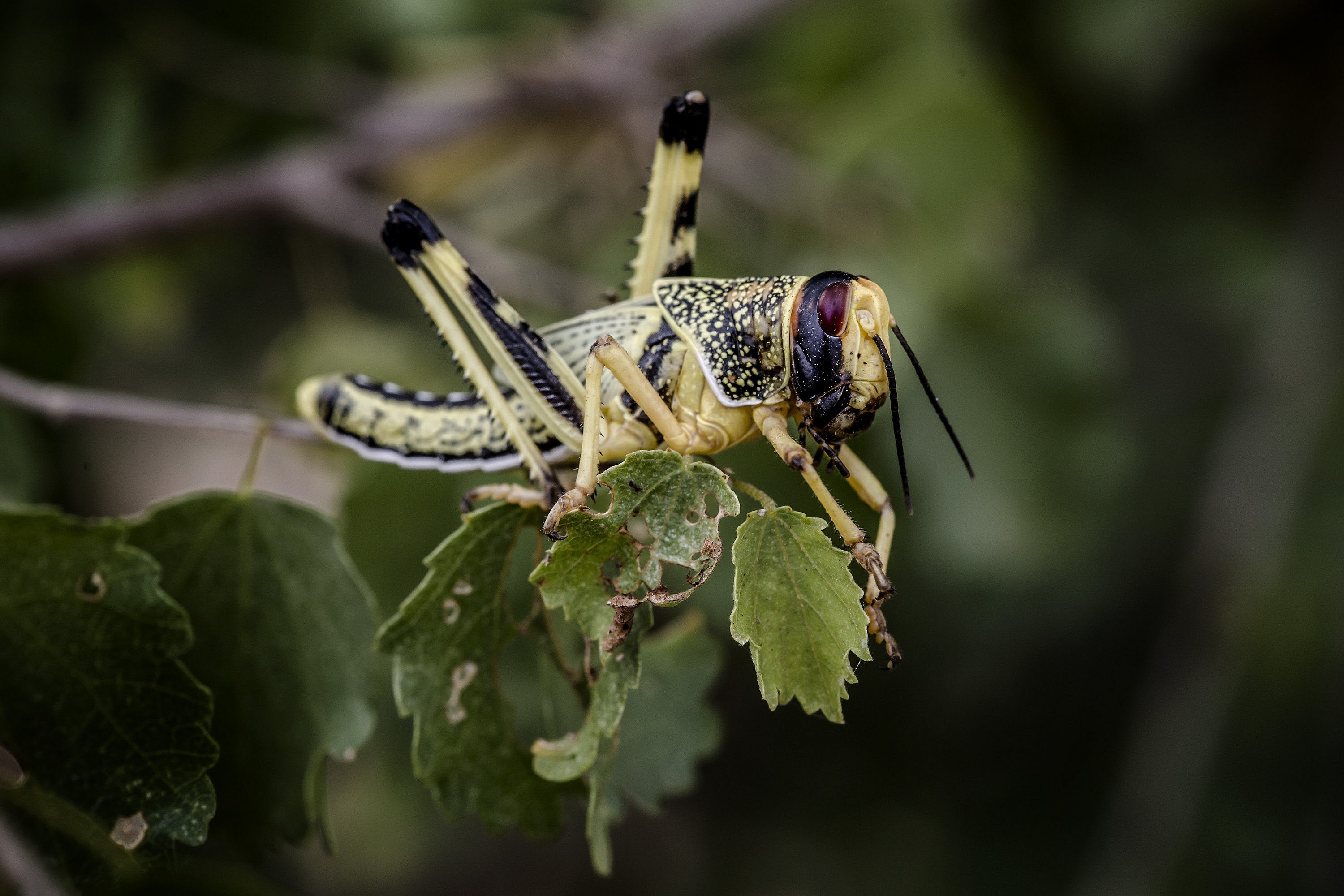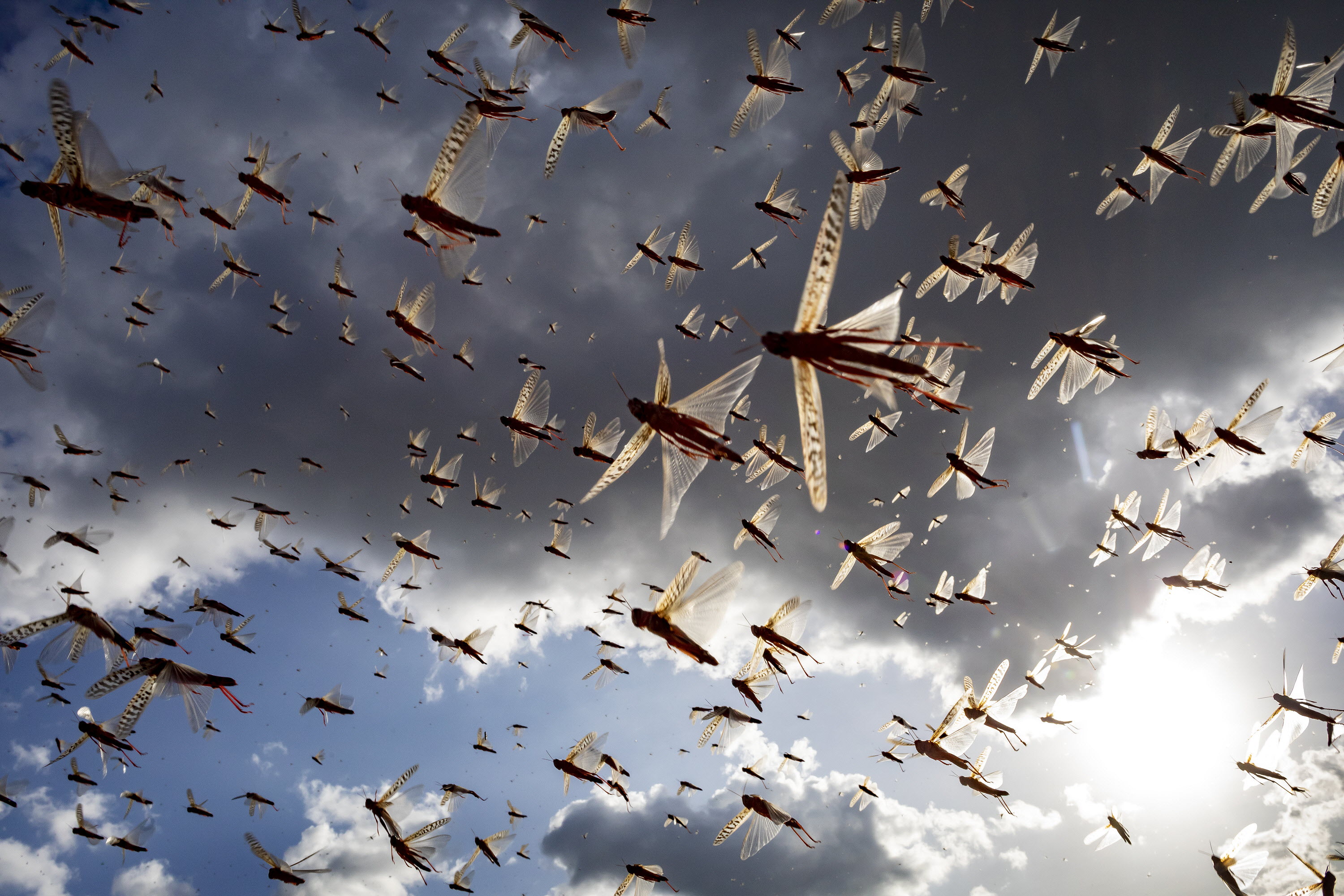2 November 2023: Beginning of winter season

Key points
- Current situation (breeding): Saudi Arabia, Sudan, Yemen.
- Current situation: The summer season has nearly finished in the northern Sahel from Mauritania to Sudan; the winter season is starting on the Red Sea and the Gulf of Aden coasts.
- Control: operations in Saudi Arabia, Sudan, Yemen.
- November–February: above normal rains in winter breeding areas for small-scale breeding in the Red Sea and the Gulf of Aden coasts (Egypt, Eritrea, Saudi Arabia, Somalia, Sudan, Yemen).
The Desert Locust situation was mainly calm during October
Summer breeding continued where small hopper and adult groups, bands and swarms occurred in the interior of Sudan while adults appeared on the Red Sea coast. In Saudi Arabia, hopper groups, bands, and adult groups were seen in two areas on the Red Sea coast while adults were seen on the coast of Yemen. Isolated hoppers and adults were present in Mauritania, Niger, and Chad. Cyclone Tej brought heavy rains to eastern Yemen where it moved inland to the Empty Quarter similar to May and October 2018. Winter breeding started in the Gulf of Aden and the Red Sea coast of Yemen.
During the forecast, above-normal rains are expected along both sides of the Red Sea and Gulf of Aden during November and December. The first generation of the winter breeding will occur now with a second generation starting at the beginning of January 2024 and continuing until about March or April if more rain falls. Locusts will increase with some small groups developing. Some control is expected in Sudan, Saudi Arabia, Yemen and perhaps in Eritrea, Egypt, and northwest Somalia. In the Western Region, locusts will decrease and only a few adults are likely to persist in northwest and north Mauritania and southern Western Sahara.



